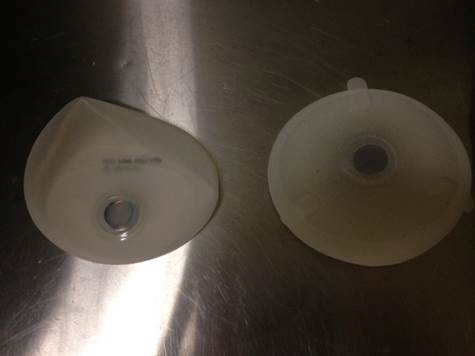
This week, Gail Lanter, CPC of The Center for Natural Breast Reconstruction answers your question.
Question: I was wondering what insurance would cover breast reconstructive surgery that’s due to having Poland Sydrome? My case I where I was born with out having my right breast muscle and a smaller areola.
Answer: I would be happy to check into your specific insurance company medical policy if you want to share that information. I’ll just need basic demographic information (I’ve attached a form you can use to provide what I’ll need) and a copy of the front and back of your insurance card. I’m not sure from the phrasing of your question if you currently have coverage or if you are researching to find out which insurance would offer coverage, could you clarify? I can help either case.
The good news is that we’ve been able to get breast reconstruction for Poland’s syndrome covered for past patients and certainly know how to navigate the process to make that happen for you. Feel free to give me a call or send info via e-mail. I’m always happy to help – and I do love a challenge !!) Have a great day and I look forward to your reply.
Have a question about breast reconstruction or post-surgical you’d like answered from our surgical team? Just ask!















